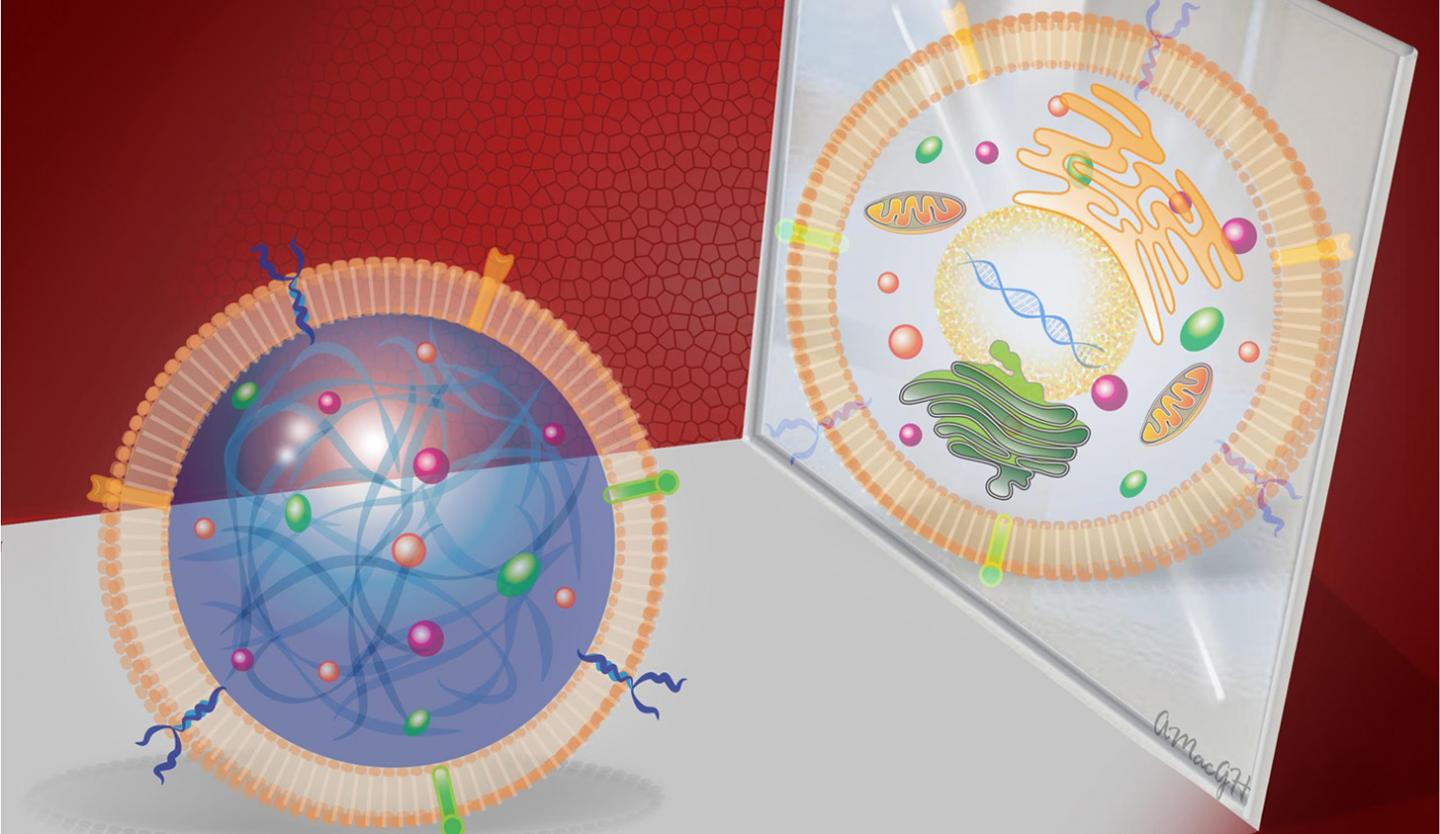The case serves as a “wake up call” that antibiotic resistance is a growing problem, experts say.



A new way to treat brain cancer with our own immune cells.
Injecting genetically modified immune cells directly into the brain and spinal fluid has had remarkable effects on a deadly brain cancer
Glioblastoma is a particularly virulent form of brain cancer. Around 20,000 people in the United States are diagnosed each year and the disease typically has poor survival rates. In a new case reported in the New England Journal of Medicine, a man has undergone experimental CAR-T therapy to treat the condition. CAR-T therapy is a branch of immunotherapy, the field taking cancer treatment by storm, and involves infusing genetically modified T cells back into a patient to target cancer cells.
A new hope
50-year-old Richard Grady received the treatment in California, and it involved dripping these specialised cells through a narrow tube into the brain. CAR-T therapy (also called chimeric antigen receptor) involves adding novel receptors on the surface of T cells; allowing them to better recognise and destroy any cancer cells they come across. Grady’s therapy began with surgery to remove 3 larger tumours, and then followed with 6 weekly infusions into the brain.
Microsoft announced this morning that it has acquired Maluuba, a Toronto startup focused on using deep learning for natural language processing. Deep learning is an approach to artificial intelligence currently in vogue that has driven incredible gains in the field over the last five years. As Microsoft wrote in the blog post announcing the purchase, “We’ve recently set new milestones for speech and image recognition using deep learning techniques, and with this acquisition we are, as Wayne Gretzky would say, skating to where the puck will be next — machine reading and writing.”
The Verge covered Maluuba in the summer of 2016, when the startup shared the results of an AI system that could read and comprehend text with near human capability, outperforming similar systems shown off by Google and Facebook. Along with acquiring the company, Microsoft has also established closer ties with Yoshua Bengio, a pioneer in the field of deep learning who served as an advisor to Maluuba, and will now become and advisor to Microsoft’s AI division.

Scientists have created the first synthetic version of a cardiac stem cell, offering therapeutic benefits comparable to those from natural stem cells — but without the risks and limitations, according to researchers from North Carolina State University, the University of North Carolina at Chapel Hill, and First Affiliated Hospital of Zhengzhou University in China.
The newly created synthetic stem cells cannot replicate. That means they could reduce some of the risks associated with natural stem-cell therapies — including tumor growth and immune rejection. The synthetic stem calls would also avoid the fragility of natural stem cells, which require careful storage and a multi-step process of typing and characterization before they can be used.
Scientists may be able to unlock the potential of a compound found in a common fruit, whose interaction with a certain gut bacteria helps ward off aging.
In Brief
It’s no surprise that quantum physics can be disorienting to the casual observer; after all, it does follow its own set of rules quite different from those of classical physics which rule over our everyday experience. In the quantum realm, things can and cannot be at the same time (to a certain extent) or are continually moving without spending energy. These don’t apply to the physics of macro-level matter.
These two realms are related, in so far as they occur in the same physical space. This relationship is what N. Peter Armitage, an associate professor of physics at Johns Hopkins University, wanted to figure out in a study published in the journal Science. “We found a particular material that is straddling these two regimes,” Armitage said.

You wouldn’t know it, but plants are constantly taking in information.